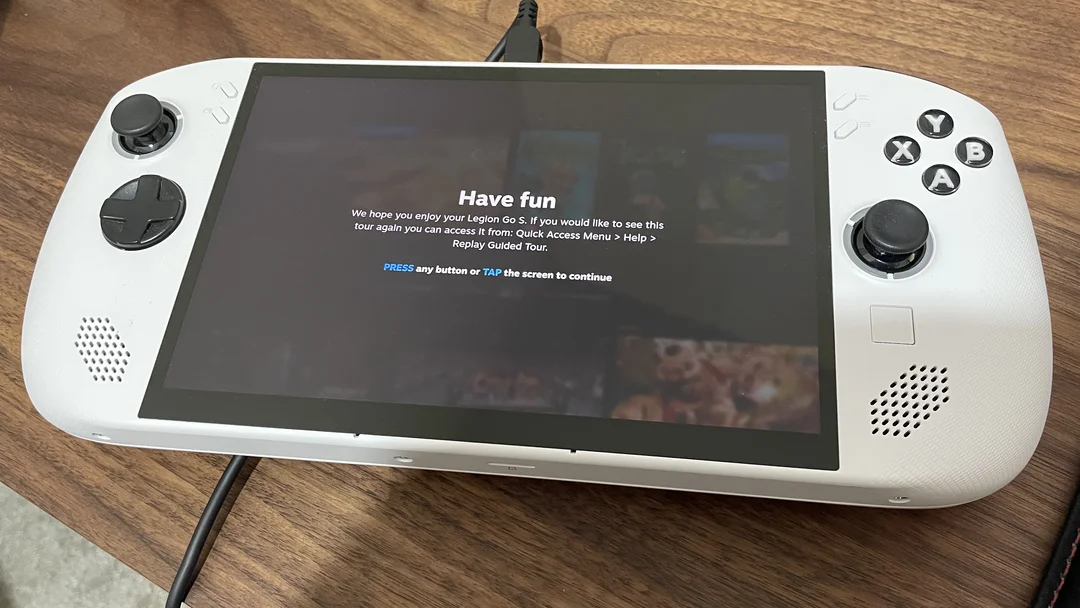
SteamOS vs. Windows: A Wake-Up Call for Microsoft in the Handheld Gaming PC Arena
Microsoft's vision of dominating the handheld gaming PC market with a blend of Xbox and Windows now faces a serious challenge. The core issue? Windows on handhelds desperately needs optimization. Lenovo’s Legion Go S comparison tests reveal a stark reality: SteamOS is becoming a game-changer.
Identical hardware, radically different performance. Dave2D on YouTube pitted the Legion Go S running SteamOS against its Windows counterpart. The results? At low to medium settings, games ran 5-10% better on SteamOS, even games designed for Windows. This dominance is thanks to Valve's Proton compatibility layer, showing Linux-based SteamOS edging out Windows.

But the real knockout punch? Battery life.
Dead Cells on the SteamOS Legion Go S lasted over six hours at 60fps, while the Windows model barely limped past three. Hades told a similar story: four hours on SteamOS versus less than two on Windows. This drastic difference shows Microsoft's OS is unnecessarily power-hungry. As Dave2D aptly put it, "Windows was the problem all along."
SteamOS shines with its seamless sleep and resume system—a feature Windows handhelds often fumble. Windows' background processes drain power, leading to unexpected heat issues and update interruptions. Even Windows on Arm struggles with this, falling short of MacBook-level efficiency.
Windows burdens handhelds with unnecessary background processes and security features that hurt gaming. OEMs like ASUS, Lenovo, and MSI defaulted to Windows simply because they lacked alternatives—until now.
Valve's Steam Deck served as a wake-up call. Microsoft aims to respond by converging Windows and Xbox, but the pressure is intense. The direct SteamOS vs. Windows hardware comparison exposes deep flaws Microsoft must address to prevent OEMs from flocking to SteamOS.
Microsoft and ASUS partner on the codenamed "Project Kennan," an endeavor to meld Xbox on Windows. However, the ideal outcome is more than just slapping on an Xbox app. Fundamental OS changes should obscure Windows unless specifically needed, ensuring Steam is fully supported alongside PC Game Pass.

The key advantage Microsoft holds over SteamOS is their Game Pass offering. Integrating it tightly could make handhelds a central hub for subscriptions.
Jez Corden from Windows Central notes that the saving grace for Windows 11 has always been game compatibility, and that it is getting easier for SteamOS to solve gaming launcher issues on its platform than than it might be for Microsoft to improve gaming performance on its devices.
Will Microsoft rise to the occasion, or will OEMs and gamers choose SteamOS? The ball is in Microsoft's court.
What are your thoughts on SteamOS versus Windows for handheld gaming? Share your perspective in the comments below!